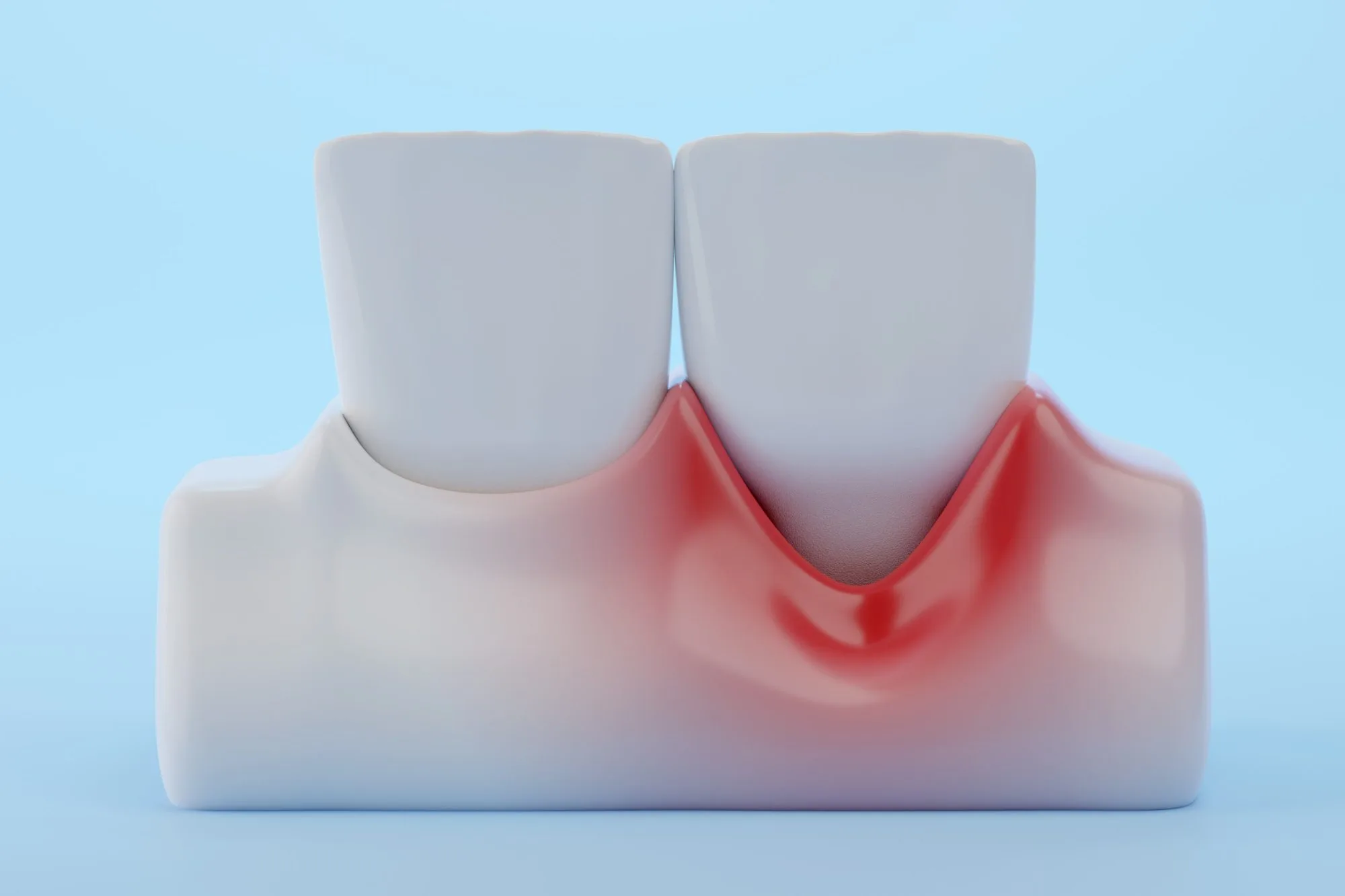How much tooth wear is normal over a lifetime?
A recent study measured the length of 1239 permanent upper and lower front teeth and found tooth wear was estimated to average 1mm by 70 years of age. This is a comparison we use often in practice. If we see that a younger patient’s teeth with more than 1mm of wear, we start to be concerned that their teeth will not last a lifetime.
How do we measure this? We are actually noting and recording tooth wear for all of our patients at their regular dental check ups! In addition, tooth wear can be measured based on comparing x-rays over time, comparing models of teeth taken 1 year apart, and/or using the latest scanning technology (the Cerec Primescan is a new piece of technology we are adding to our practice in October!).
What are some risk factors associated with tooth wear?
The identification of factors involved in causing tooth wear are important, as it is the first step towards preventative care and patient advice. There are significant associations between tooth surface loss and cardiovascular, gastrointestinal and musculoskeletal disorders. Stress levels in patients with severe tooth surface loss has been shown to be higher. Salivary pH is also an important factor in tooth wear and is influenced by the patient’s medical background and diet.
If you have concerns that your teeth are wearing down more quickly than is normal, feel free to ask us any questions you may have or book an appointment with Dr. Graas, Swanlund or Punnett!
Sources:
Ray DS, Wiemann AH, Patel PB, Ding X, Kryscio RJ, Miller CS. Estimation of the rate of tooth wear in permanent incisors: A cross-sectional digital radiographic study. J Oral Rehabil. 2015;42(6):460-6
Kosalram K, Whittle T, Byth K, Klineberg I. An investigation of risk factors associated with tooth surface loss: a pilot study. J Oral Rehabil. 2014;41(9):675-82




Leave A Comment